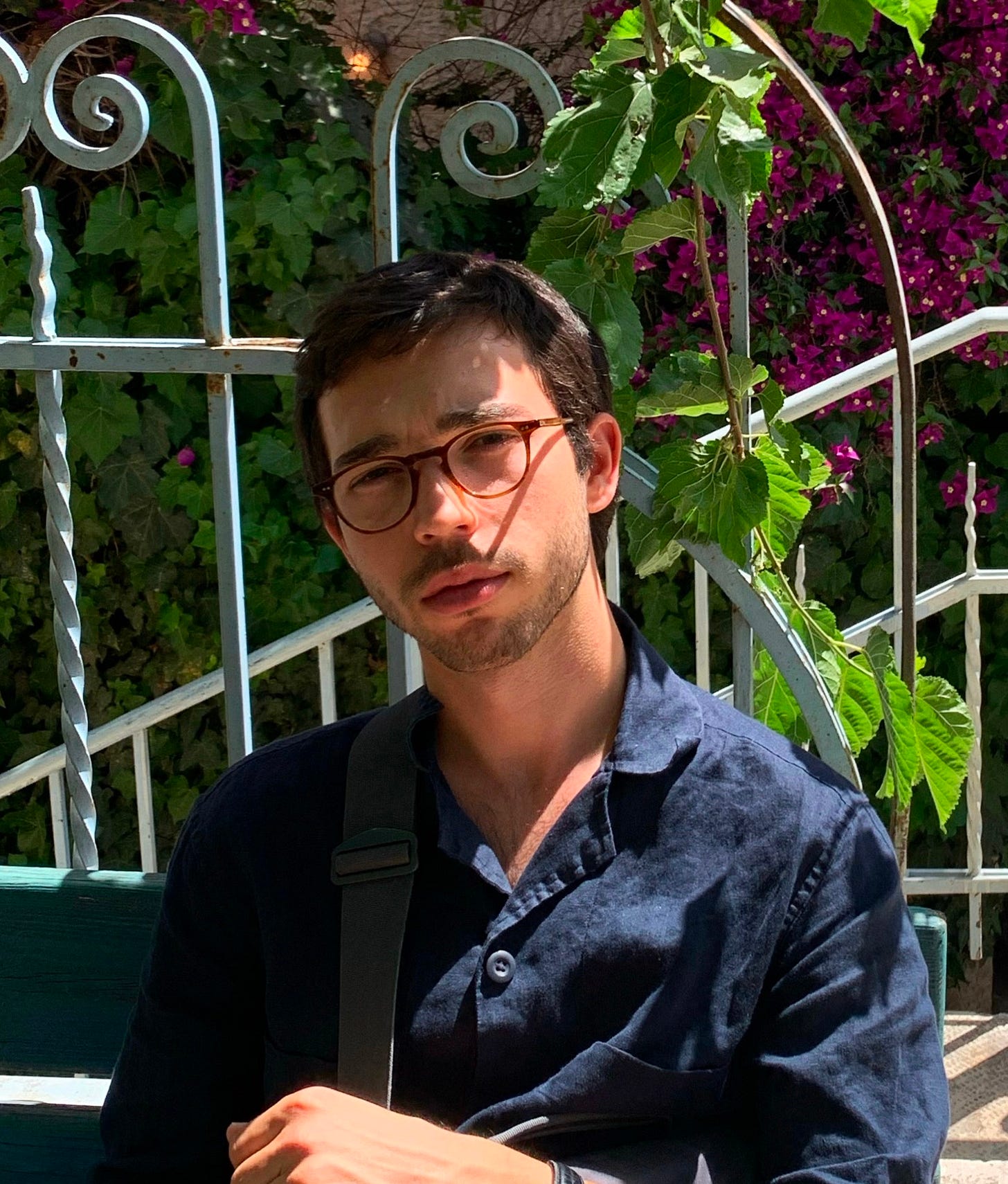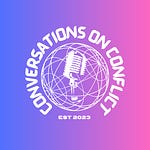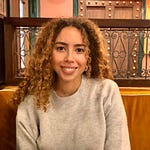Lebanon: a small country with significant problems
Modern Lebanon, like other Middle Eastern countries, was created as an imperialist project. It lies between the Mediterranean, Syria and Israel and is the 34th smallest country in the world a territory of approximately 10,500 square kilometres. For comparison, the size of New York City is 11,300 square kilometres. It is considered a beautiful place with several terrains, including a coastline, snowy mountains, and a large green valley.
Lebanon was established in 1920 under a French mandate, determined by the Sykes-Picot Agreement of 1916. France and Britain divided the Ottoman Empire’s territory into new areas, including Jordan, Palestine, Iraq, Syria, and Lebanon. In 1943, Lebanon gained independence.
Lebanon is a diverse country with three main groups: Shi’i Muslims, Sunni Muslims, and Maronite Christians. It also includes Christians from different denominations and Druze. The last official census was in 1932 due to its sensitivity to Lebanon’s stability. The constitution divides power between the groups based on their size, and no one wants to lose influence. In 1932, Lebanon had nearly 1.1 million residents. However, by 1948, its population drastically changed due to war.
The British Empire governed Palestine under a United Nations mandate starting in 1922. However, after a prolonged period of internal civil conflict between the native population and Jewish immigrants, Britain announced its intention to withdraw in the withdrawal took place upon the departure of the last British troops, Israel declared its independence, marking the beginning of the 1948 War. The significance of this event for Lebanon lies in the fact that the young nation, which gained independence five years earlier, had to accommodate approximately 100,000 Palestinian refugees who were expelled from their villages and sought refuge in Lebanon. Consequently, the Palestinian refugees became the fourth largest demographic group in the small country. Nevertheless, as Mona Hatoum, a Lebanese-born artist of Palestinian-British descent, has elucidated, the Palestinian refugees in Lebanon were not granted Lebanese citizenship to prevent their assimilation into society.
The next substantial shock came in 1975 when a civil war broke out between militias representing the population’s main sects. The Lebanese Front (LF) represented the Maronite Christians; the Lebanese National Movement (LNM) represented the Sunni Muslims; the Amal represented the Shi’i Muslims; and the Palestine Liberation Organization (PLO) represented the Palestinian refugees. Syria and Israel were also involved. The United States, France, and other international actors participated to a lesser extent.
The Lebanese Civil War lasted until 1990 and took a heavy toll. Over 100,000 people were killed, nearly a million were displaced (over a quarter of the population), and infrastructure and property damage was estimated at billions of dollars. Of the displaced, 750,000 were internally displaced, with nearly 600,000 finding shelter with host families and public buildings. The rest, around 250,000, became refugees and fled to Syria.
Lebanon has been involved in several wars, including the 2006 war between Israel and Hezbollah. It lasted a month and displaced many people: 900,000 fled their homes, 250,000 left the country, and the rest were internally displaced. Of those who left, 180,000 went to Syria, and 70,000 went to other Arab countries via Syria. Hundreds of Lebanese died, thousands injured, and over 150 Israelis killed.
Lebanon seems to have a pattern of about 20 years to recover between wars and displacement shocks. It had 17 years between accepting Palestinian refugees in 1948 and 1975 Civil War. Then, 16 years between the end of the Civil War in 1990 and the 2006 war between Israel and Hezbollah. Now, 18 years after the 2006 War, Israel and Hezbollah are fighting again.
On October 7, Hezbollah attacked Israel the day after Hamas’s attack. This led to escalating daily cross-border attacks on military and civilian targets on both sides. The conflict’s range keeps expanding as both sides attack deeper into enemy territory, maintaining a cautious approach that has prevented a full state of war. Nevertheless, tens of thousands have been displaced on both sides of the Israel-Lebanon border. In the current escalation, additional hundreds of thousands will have to flee, and thousands will die.
Lives are packed in a hurry, uncertain of a safe return, and not enough people question the purpose and value of war. Citizens bear costs imposed by power-seeking leaders who fight in the name of “justice”, but it's not just. Lebanese people accepted hundreds of thousands of refugees fleeing war and fled wars themselves, because of wars fought in their homes. Every recovery is interrupted by another shock.
We must hope that the Lebanese people will find peace soon. In October 2022, Israel and Lebanon signed a maritime border agreement that divided gas fields and prevented a war. The quiet lasted for only one year due to Hamas’s attack. The only way to restore and secure peace is through diplomatic agreements between Israel, Lebanon, and Hezbollah are the only way to restore and secure peace, and the international community should bring all sides to the table. The world must prevent the bombs from dropping because the people have suffered enough.
In this episode Roy discusses the post conflict region of Lebanon. He is a student journalist with us on a placement organised by the Oxford University Career Services. This article was edited using Lex.page. Infographics with Napkin.Ai
Thank you for your time. Don’t forget to share A4R 🎨 Media Hub. Every share helps.















